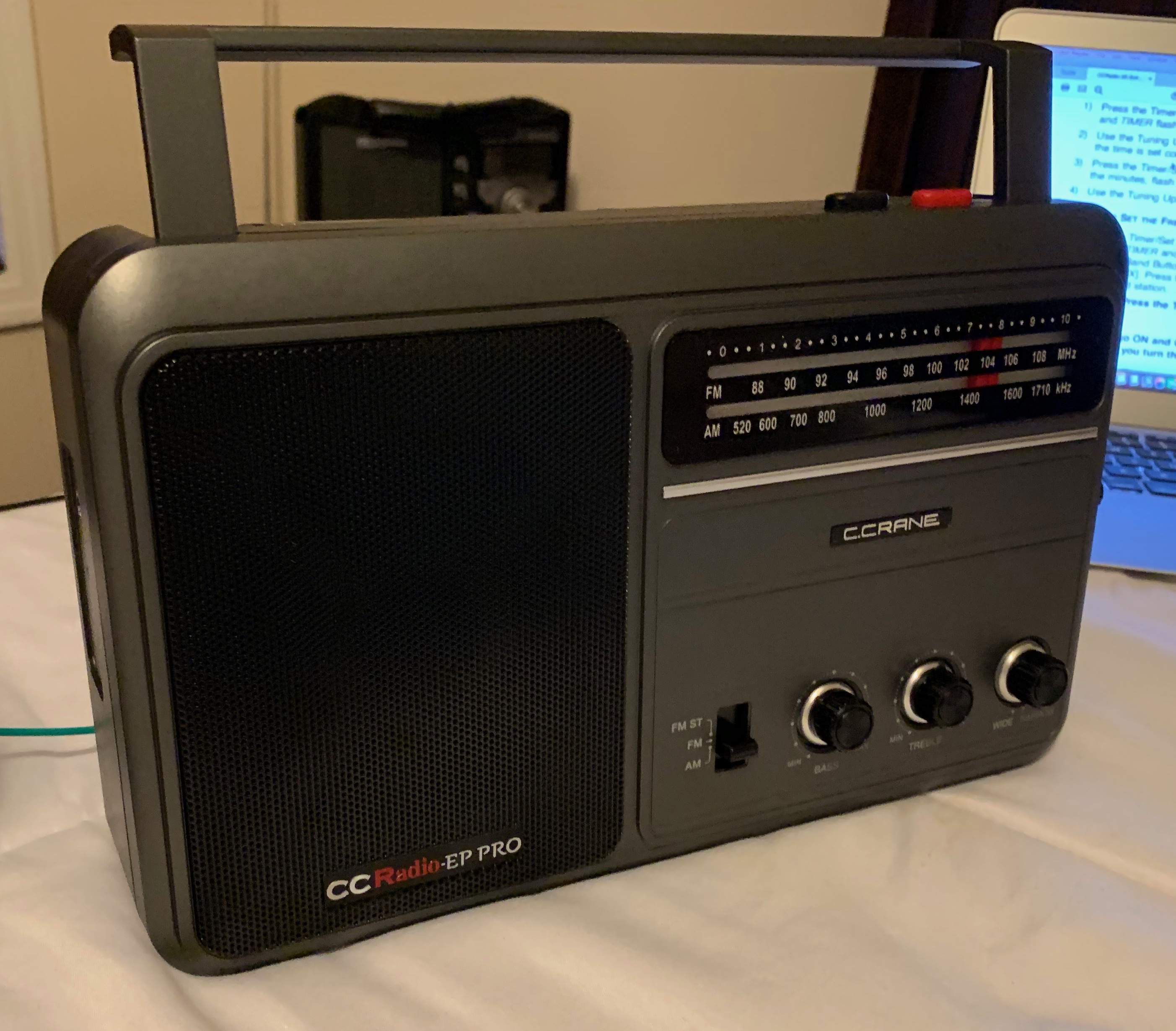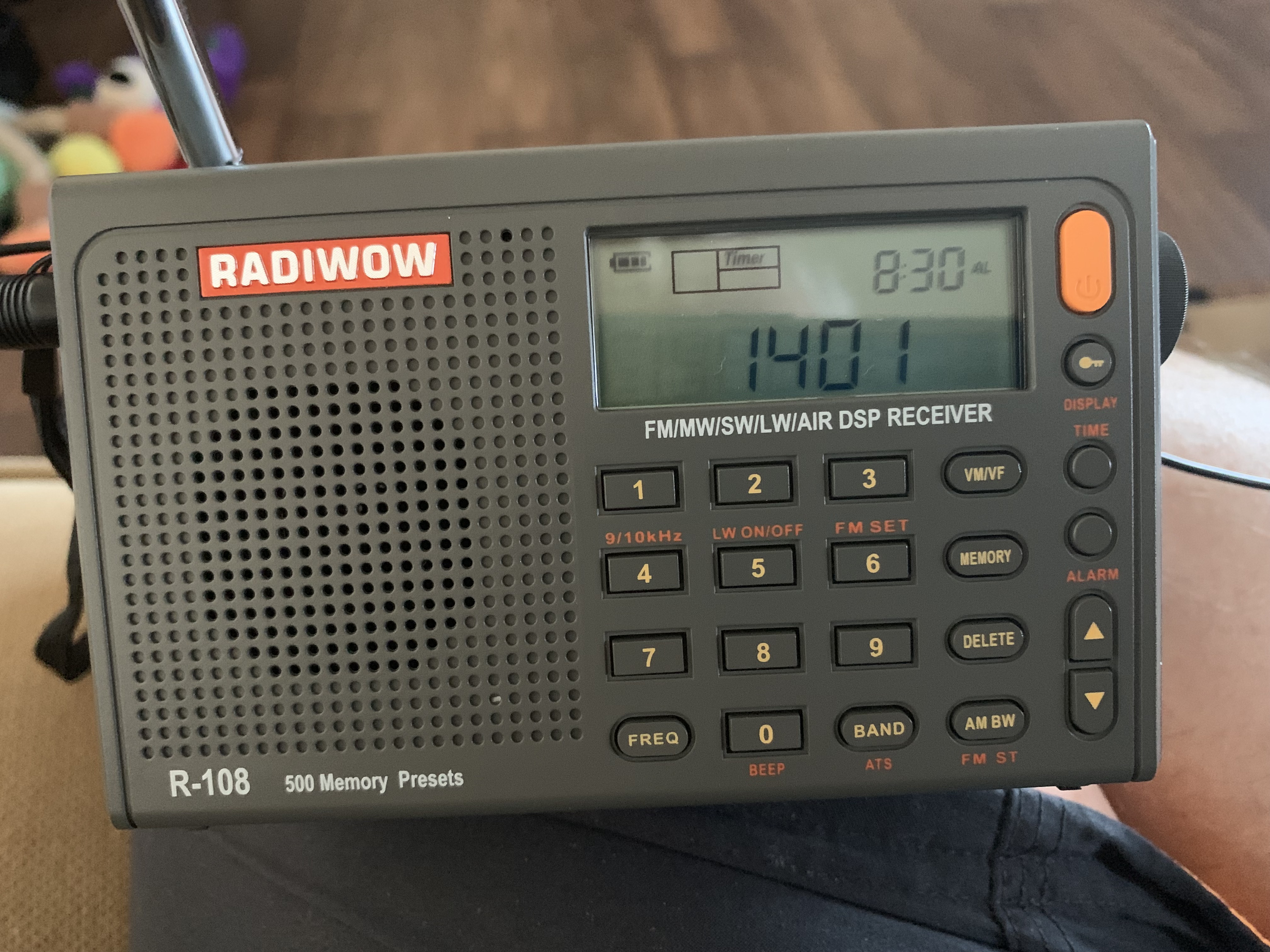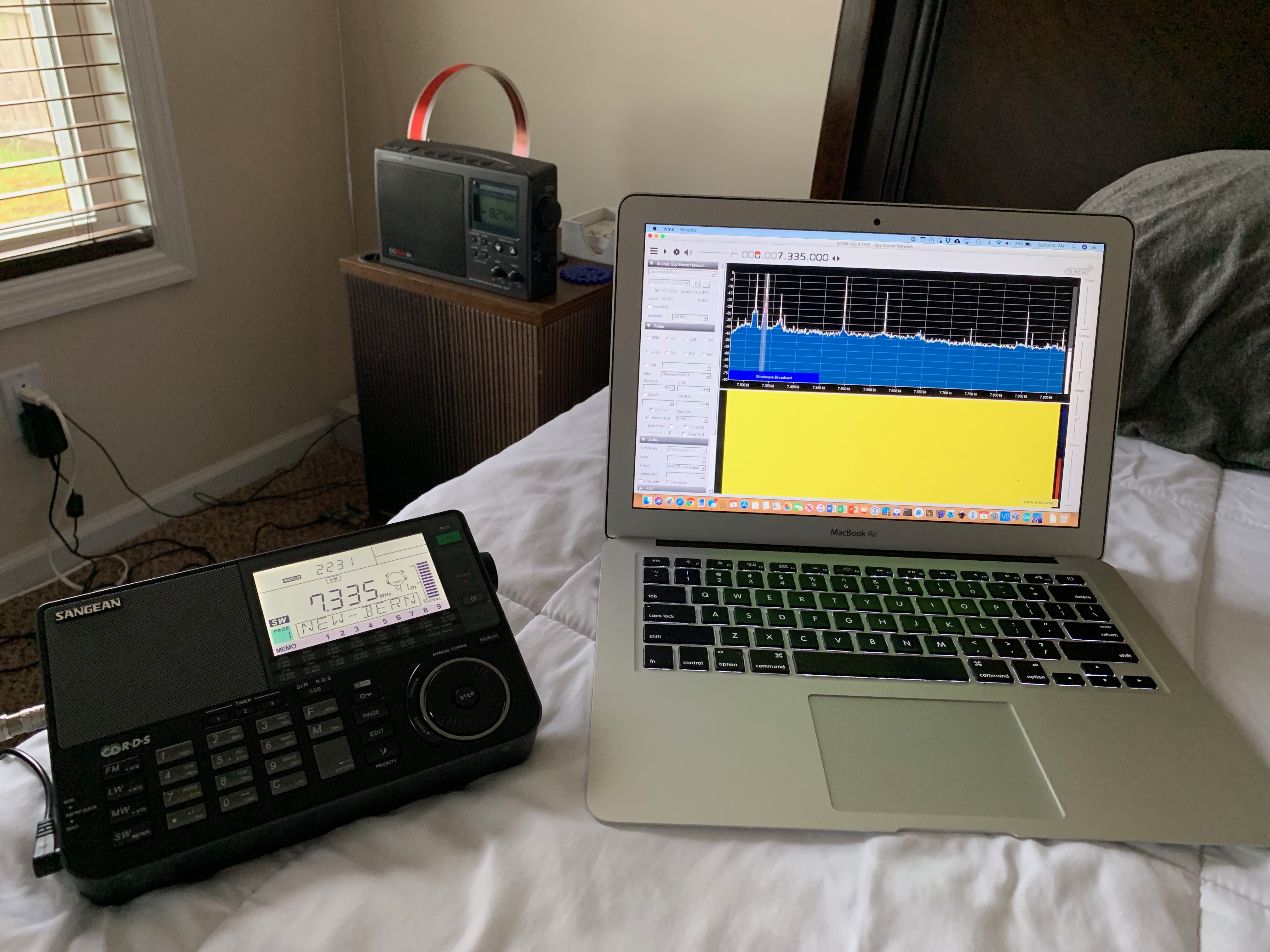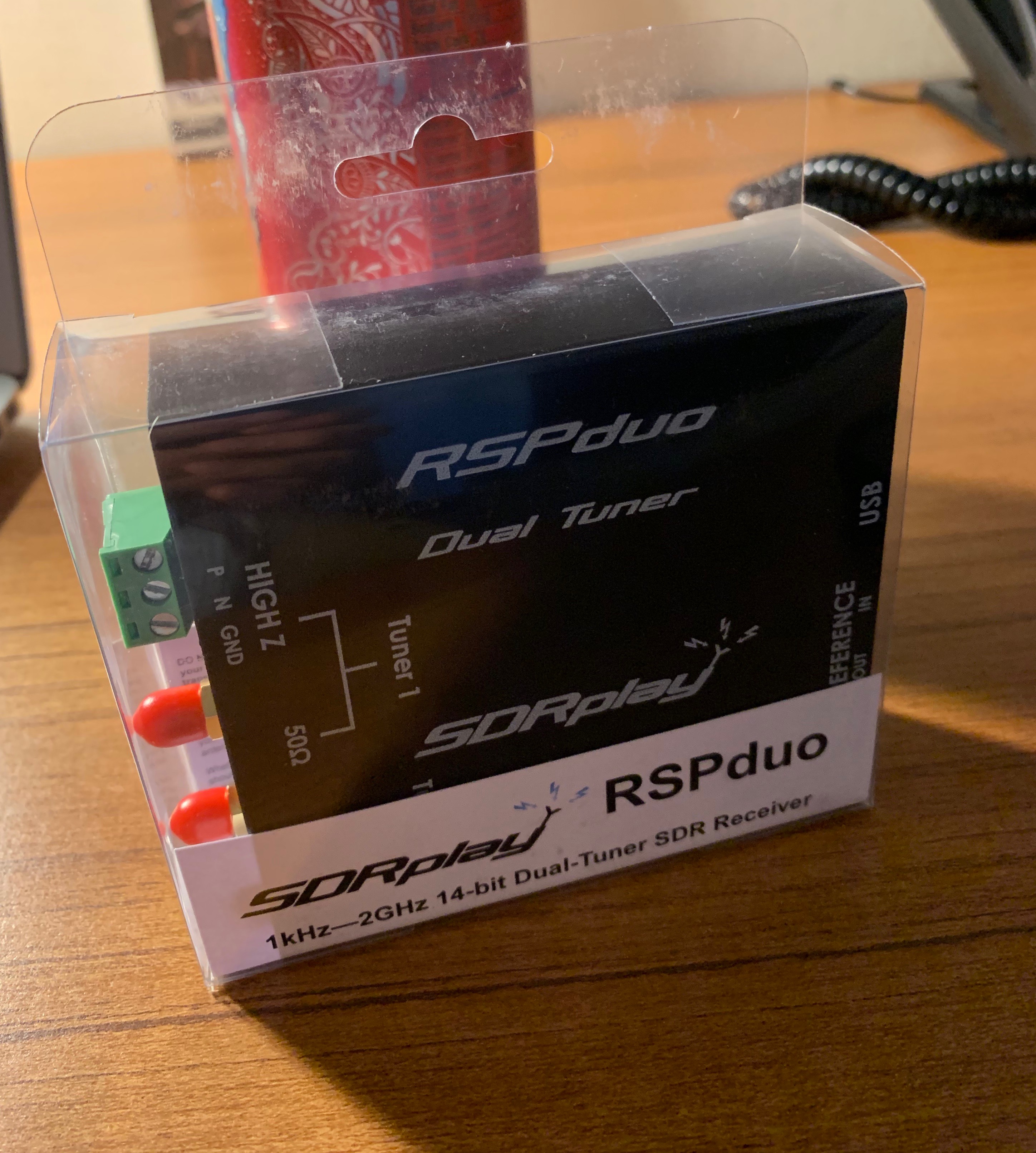 I’ve had my SDRPlay RSPDuo for a few weeks now and I’m prepared to talk about it a little bit.
I’ve had my SDRPlay RSPDuo for a few weeks now and I’m prepared to talk about it a little bit.
First let me preface this by saying I also own an RSP1 and an RSP2 and while I think they are both fine radios I’ve always had a tiny beef with the SDRPlay devices.
Beef #1 is that to really pack a punch with an RSP device you need SDRUno which is a Windows program. With every fiber of my being I despise Windows. Don’t like it don’t trust it.
And while you most certainly can use an SDRPlay on Linux weird shit happens. Let me also preface this by saying that if you install the Non-Windows Workflow as they say in that Lego movie………..”Everything is Awesome”. Yeah, well, I’m not that guy. I have every SDR known to God and Man and I build the gr-osmosdr stuff by hand to try to use other devices such as PlutoSDR and LimeMiniSDR.

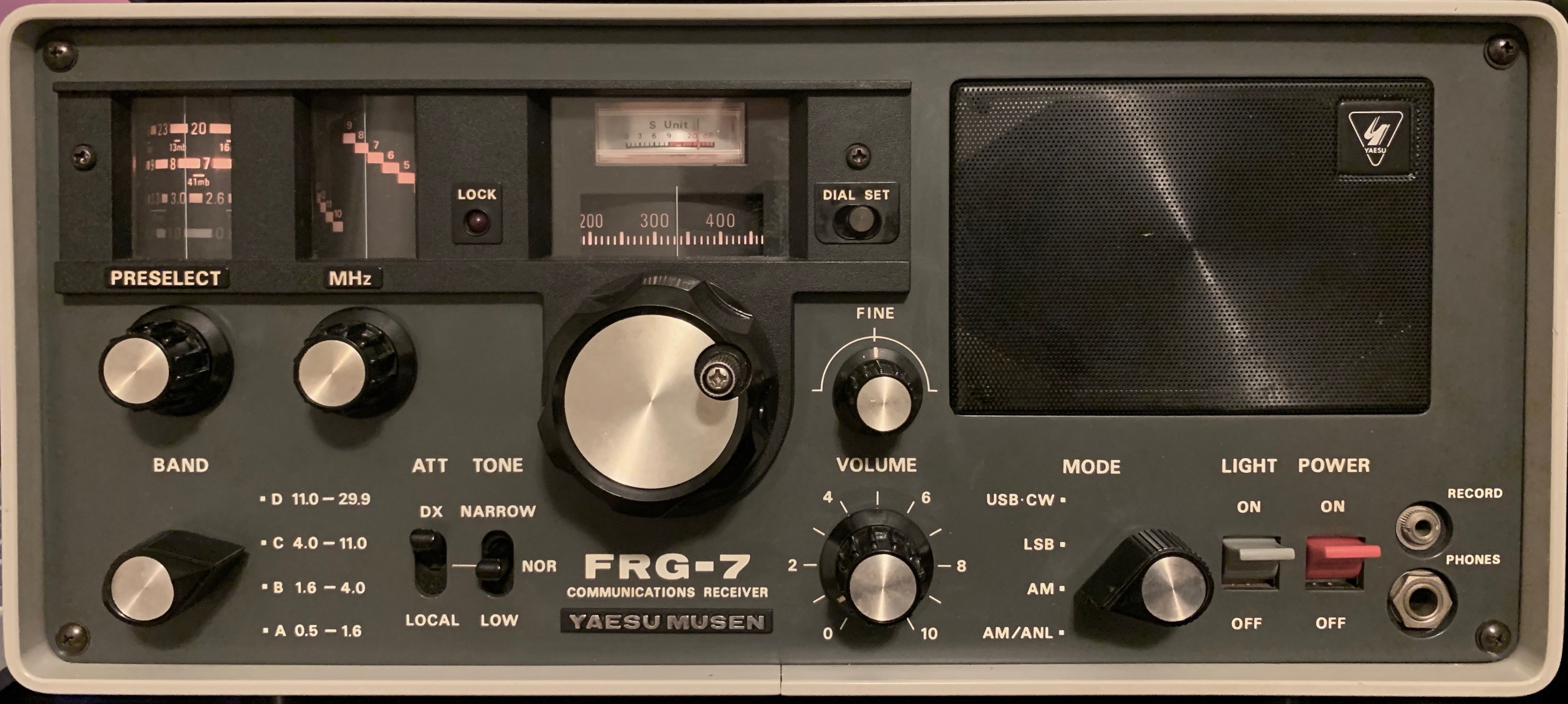 Here on my Tech Blog I really long to be on the cutting edge…..I like to discuss new technology, and how to exploit that technology. But let’s make no doubt about it, I’m old school. The Yaesu FRG-7 Short Wave Receiver fits into that niche perfectly.
Here on my Tech Blog I really long to be on the cutting edge…..I like to discuss new technology, and how to exploit that technology. But let’s make no doubt about it, I’m old school. The Yaesu FRG-7 Short Wave Receiver fits into that niche perfectly.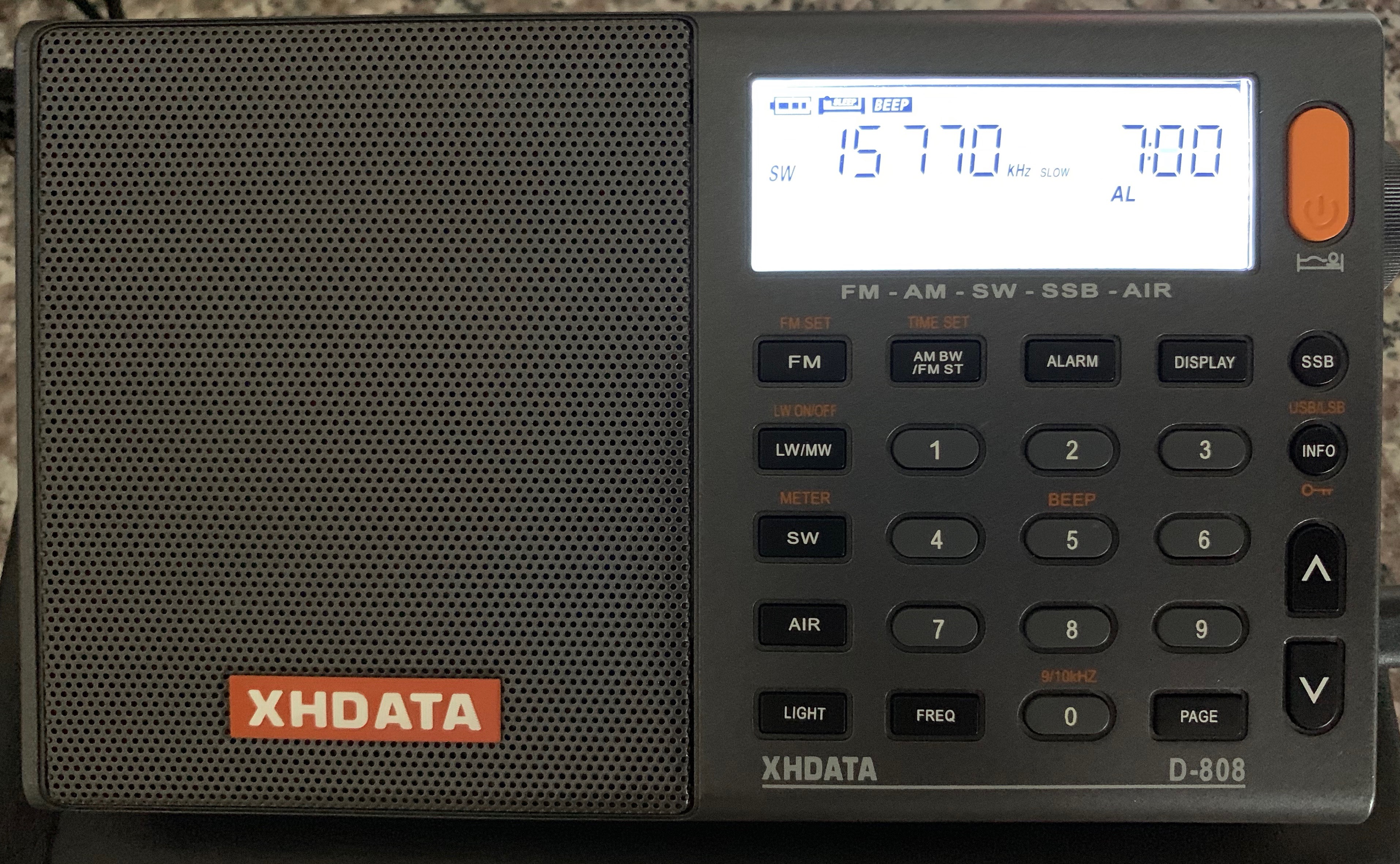 I’ve had this radio for a few months and have used it sporadically and feel like I’m getting a good grip on its strengths and idiosyncrasies.
I’ve had this radio for a few months and have used it sporadically and feel like I’m getting a good grip on its strengths and idiosyncrasies.
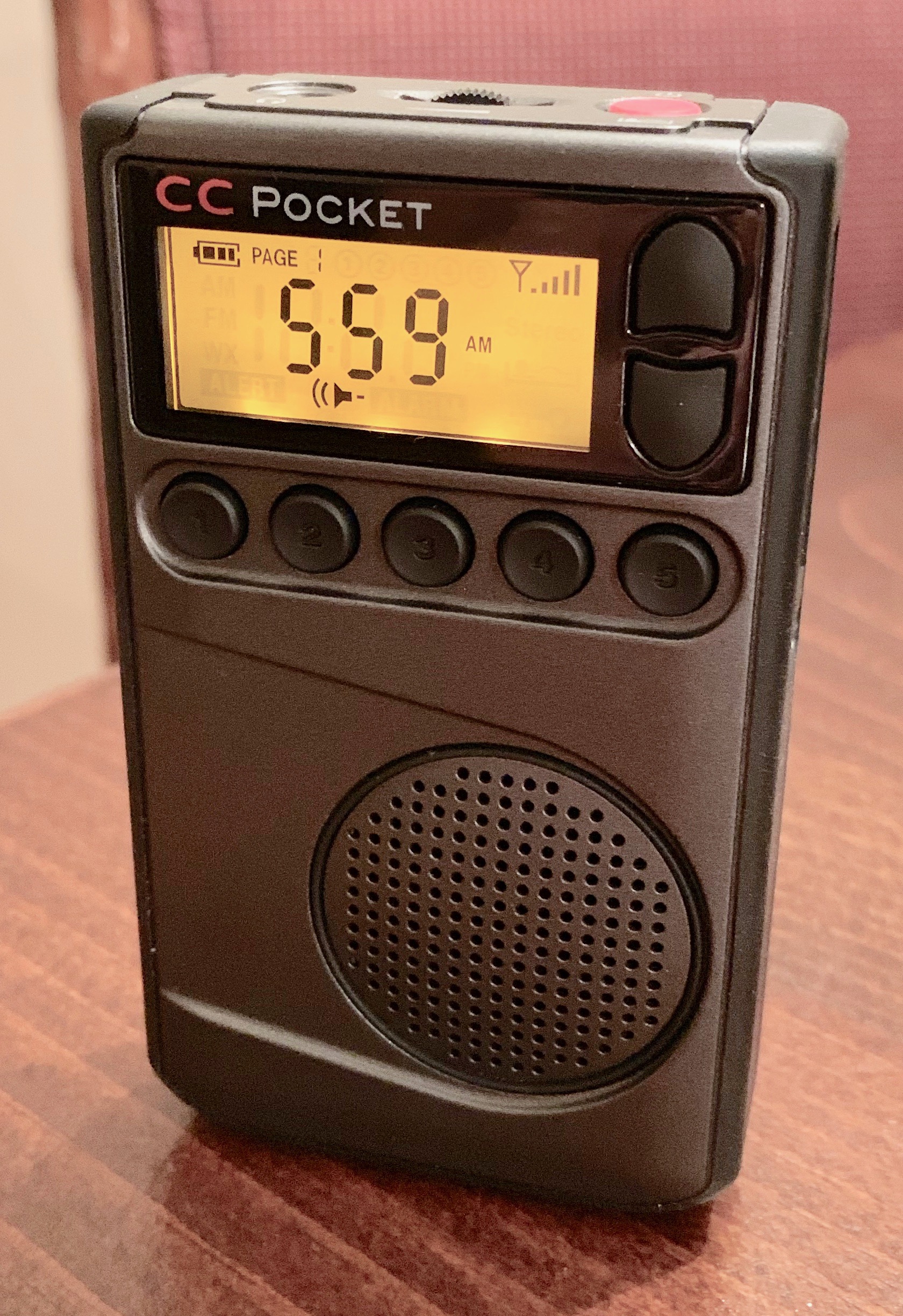 I like CCrane Radios. I probably shouldn’t because they are among some of the more expensive radios out there but I find them kind of hit or miss for the money.
I like CCrane Radios. I probably shouldn’t because they are among some of the more expensive radios out there but I find them kind of hit or miss for the money.